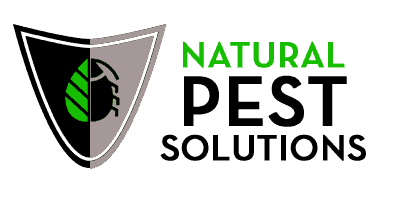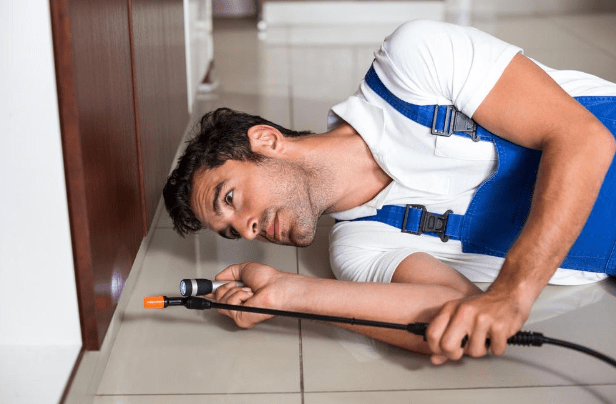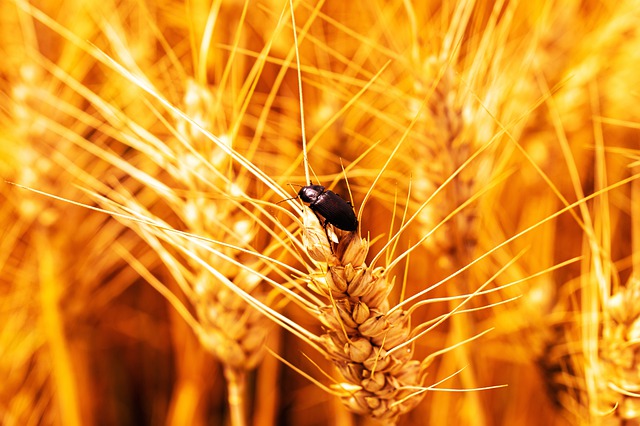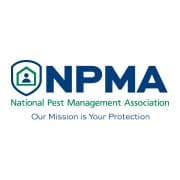Pest control is a quite broad subject, however there is much you can do with a little knowhow. Here are some great tips.
#1 Exclusion And Proofing
An effective and long-term solution to different types of rodent issues in storage areas, barns, or any other type of building involves rodent-proofing the entire structure. This is not an easy task.
Both mice and rats easily squeeze through tiny gaps, in some cases as small as a thumb width when it comes to rats and the width of a pencil when it comes to mice. In order for rodent-proofing to be efficient and effective, all entry points have to be blocked off.
A survey of the site is usually conducted by the pest control specialists in order to detect any possible openings, along with a plan to seal all potential entry points.
The seals are then maintained and checked routinely to make sure they are still holding strong and to make sure that the exclusion of mice and rats is ongoing.
#2 High-quality Clearing And Cleaning Practices
After exclusion and proofing, the following step involves taking the necessary steps to deter rodents and other pests. Mice and rats are both wild animals and are usually attracted by sources such as shelter, water, and food.
Excellent clearing and cleaning practices need to be implemented to eliminate water, nesting materials, and food from the building or site. Farms need to be cleaned regularly to get rid of rubbish, debris, packaging, vegetation, and waste. These materials should be stored in tightly-sealed containers.
Any organic matter or feed must be stored securely in containers that are rodent-proof. Old equipment or machinery that can be used as a nesting or hiding place for mice and rats, should be removed. Water sources, such as leaking taps and pipes, should be repaired.
The best solution to these issues is to hire pest control experts to derive a plan to remove all items and materials that could be harboring or attracting pests.
#3 Trapping
Professional pest controllers also include solutions to lower the rodent population in an area at organic farms without any adverse impacts to a non-target species, along with any other wildlife in the surrounding area.
Trapping is an economical and effective method when it comes to pest control. Pest control specialists identify the areas to set up the traps to achieve an effective outcome.
#4 Monitor For Pest Activity Regularly
When precautionary measures including hygiene and proofing have been implemented rigorously, the chance of an infestation is going to reduce dramatically.
However, it is vital that the area is monitored regularly for any pest activity. This ensures that a sign of re-infestation or infestation is detected early, allowing the pest control specialist to handle the issue with speed.
Signs of a rodent infestation can include urine stains and droppings around and in the building. Dead or live animals may also be seen. When this happens, it may be an indication of an infestation, since if you see one there are usually many more.
The site must also be inspected frequently for gnawing marks that appear on hard materials like metals, masonry, and wood. Shredded materials such as food packaging, cardboard, and paper, can also be a sign of a rodent infestation.
#5 Hiring The Services Of Pest Control Experts
The most reliable and professional forms of pest management when it comes to organic-farm production involve working alongside an experienced and professional pest control agency like agpestcontrol.net that has the experience to handle all the threats that most farms face.
These companies know the right way to pest-proof buildings, how to include good clearing and cleaning procedures, set up traps, and detect a pest infestation that is already present.
The contractual service includes examining the entire organic farm and locating potential points of entry, nesting areas along with creating an ongoing and working strategy to control all types of infestations.
contributed by: Natural Pest Solutions – Foremost Experts in Pest control






